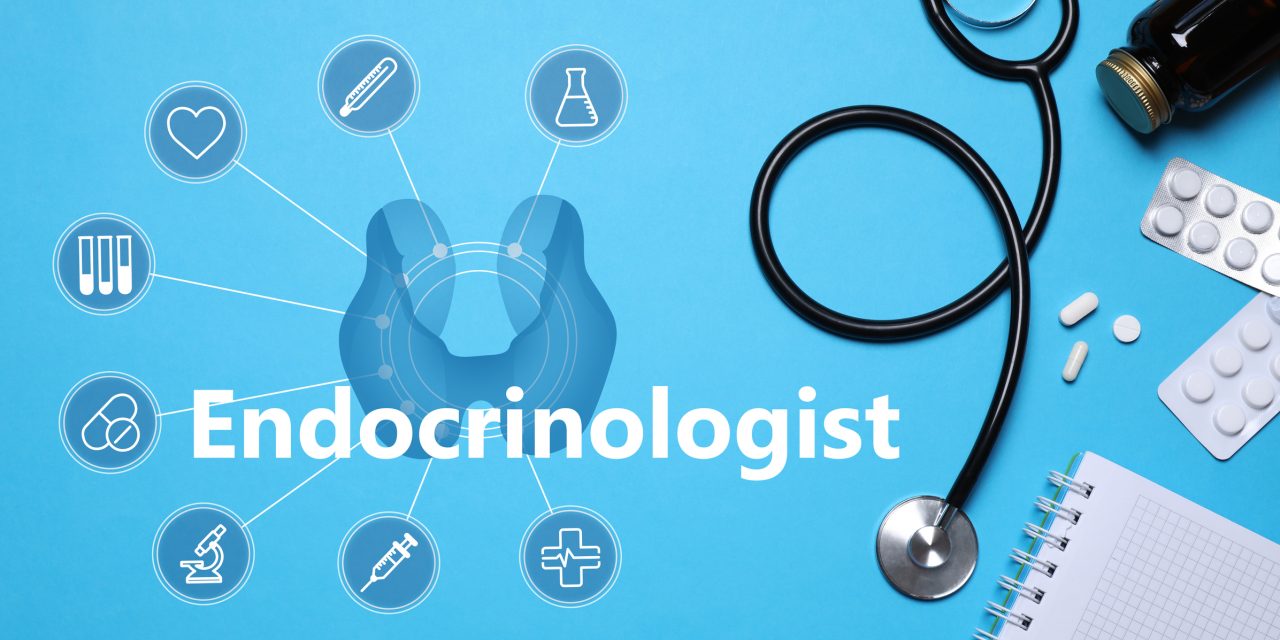The study of bone morphology is of great importance as bone morphology is influenced by factors such as age and underlying comorbidities and is associated with bone mechanical properties and fracture risk. Standard diagnostic techniques used in bone disease, such as Dual-Energy X-ray absorptiometry and ultrasonography do not provide qualitative and quantitative morphological information. In recent years, techniques such as High Resolution Computed Tomography (HR-CT), micro- CT, Magnetic Resonance Imaging (MRI), and Low Field Nuclear Magnetic Resonance (LF-NMR) have been developed for the study of bone structure and porosity. Data obtained from these techniques have been used to construct models to predict bone mechanical properties thanks to finite element analysis. Cortical porosity has been extensively studied and successfully correlated with disease progression and mechanical properties. Trabecular porosity and pore size distribution, however, have increasingly been taken into consideration to obtain a comprehensive analysis of bone pathology and mechanic. Therefore, we have decided to evaluate the ability of micro- CT (chosen for its high spatial resolving power) and LF-NMR (chosen to analyze the behavior of water molecules within trabecular bone pores) to characterize the morphology of trabecular bone in osteoporosis. Trabecular bone samples from human femoral heads collected during hip replacement surgery were from osteoporosis (test group) and osteoarthritis (control group) patients. Our data show that both micro- CT and LF-NMR can detect qualitative changes in trabecular bone (i.e., transition from plate-like to rod-like morphology). Micro- CT failed to detect significant differences in trabecular bone morphology parameters between osteoporotic and osteoarthritic specimens, with the exception of Trabecular Number and Connectivity Density, which are markers of osteoporosis progression. In contrast, LF-NMR was able to detect significant differences in porosity and pore size of trabecular bone from osteoporotic versus osteoarthritic (control) samples. However, only the combination of these two techniques allowed the detection of structural morphometric changes (increase in the larger pore fraction and enlargement of the larger pores) in the trabecular bone of osteoporotic specimens compared to osteoarthritic ones. In conclusion, the combined use of LF-NMR and micro- CT provides a valuable tool for characterizing the morphology of trabecular bone and may offer the possibility for a new approach to the study and modeling of bone mechanics in the context of aging and disease.Copyright © 2021 Elsevier Ltd. All rights reserved.
Trabecular bone porosity and pore size distribution in osteoporotic patients – A low field nuclear magnetic resonance and microcomputed tomography investigation.


